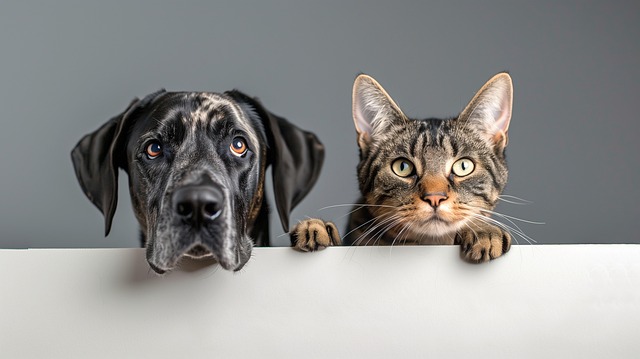
When we welcome pets into our homes, we also welcome a unique set of challenges that most homeowners don’t anticipate until signs begin to show. While pets bring joy, companionship, and a livelier household, they can also contribute — often unknowingly — to the gradual decline of a home’s materials and systems.
Flooring: The First Line of Impact
Floors take the brunt of a pet’s daily routine. Claws, no matter how frequently trimmed, can scratch hardwood, leave marks on vinyl, and even puncture softer surfaces. Carpets fare no better; pet hair, dander, and the occasional accident can embed themselves into fibers, often requiring more than standard cleaning to fully remediate. Over time, persistent staining or odor may even call for replacement rather than repair.
Walls and Doors: More Than Just Surfaces
It’s not uncommon to find chew marks on baseboards or claw gouges near doors—especially when pets are anxious or eager to go outside. Cats, in particular, are notorious for using trim, corners, or even drywall as scratch posts. Dogs may jump at doors or windows, leaving behind oil stains, scratches, and even dents in softer materials. These seemingly minor blemishes can accumulate quickly, impacting both aesthetics and long-term value.
HVAC Strain and Air Quality
A less visible but significant concern is the effect pets have on a home’s ventilation system. Pet hair and dander circulate through HVAC filters and ducts, often clogging components much faster than in pet-free homes. This reduces system efficiency and increases energy costs, while also exacerbating allergies or respiratory conditions in sensitive individuals. Routine maintenance and filter replacements become not just recommended—but essential.
Moisture and Hidden Damage
Pet-related accidents or spills that go unnoticed can lead to more than just surface-level damage. Moisture that seeps into flooring or subflooring may encourage mold growth or wood rot. Over time, this hidden damage can affect structural integrity or indoor air quality, necessitating costly repairs that might have been avoided with early intervention.
Outdoor Spaces Aren’t Immune
Pets that frequent outdoor areas often contribute to the wear of exterior elements as well. Lawn damage, scratched decking, and wear on screen doors or patio sliders are common. Urine, particularly from dogs, can damage lawn patches and even corrode certain metals over time, such as lower aluminum fixtures or fencing components.
Preventative Care is Key
Being proactive can make all the difference. Area rugs, scratch-resistant coatings, regular grooming, and early training help mitigate much of the potential damage. Additionally, more frequent inspections of high-traffic areas and ventilation systems can catch small issues before they become expensive fixes.
Pets are part of the family—and like any family member, they bring both joy and responsibility. Understanding how they interact with your home on a daily basis is the first step toward preserving your investment while enjoying their company.

Recent Comments